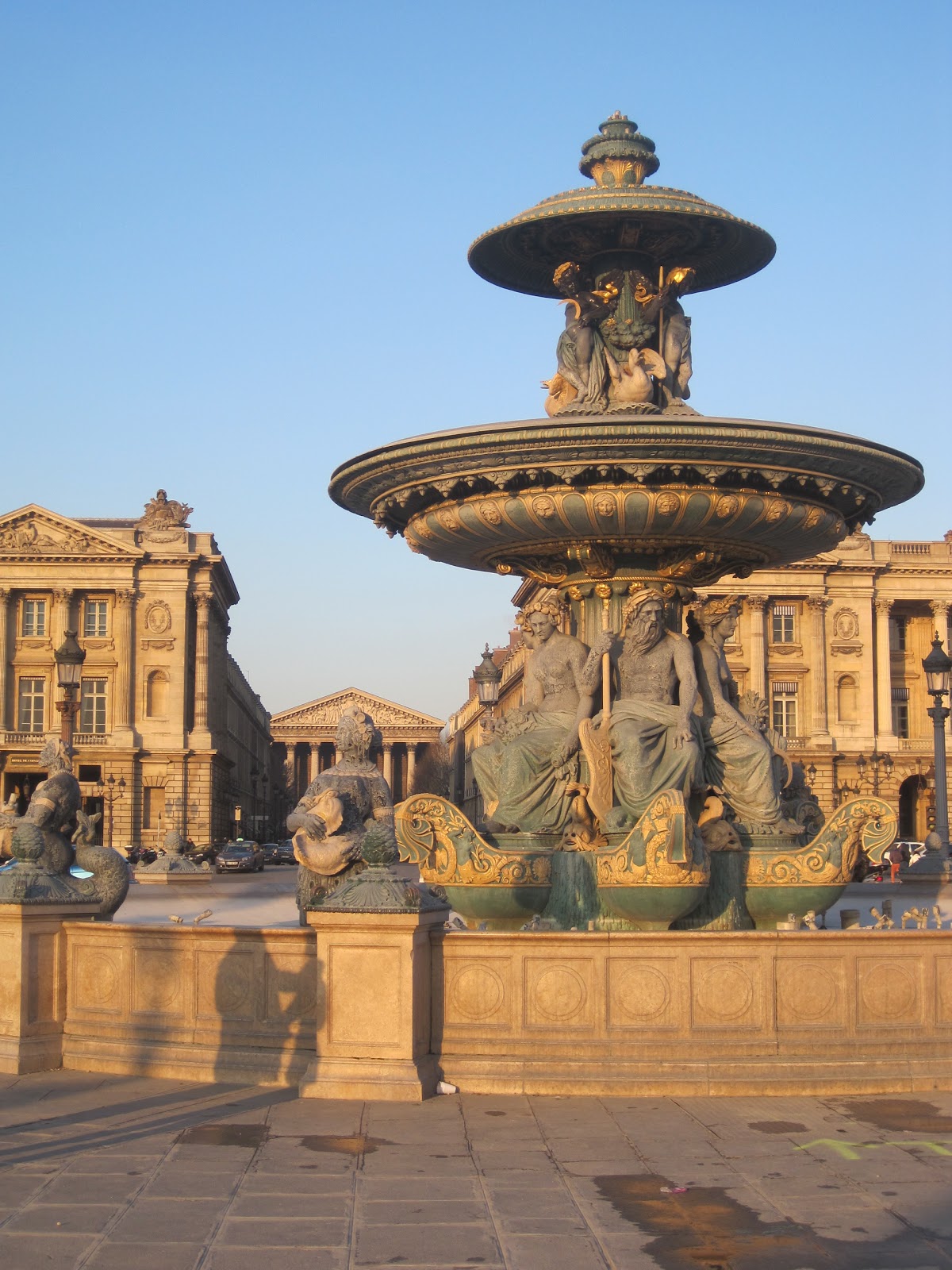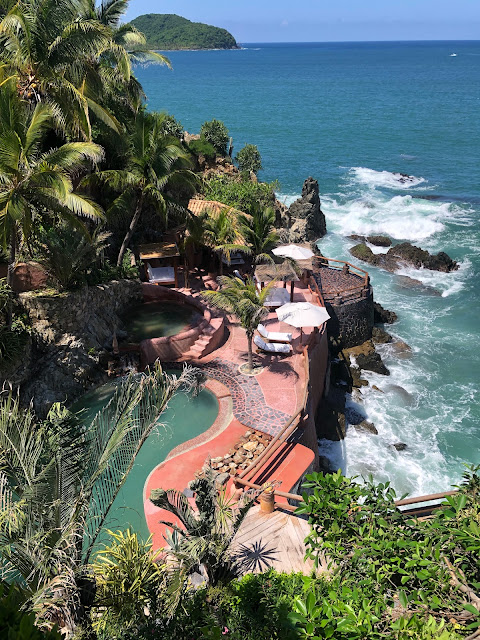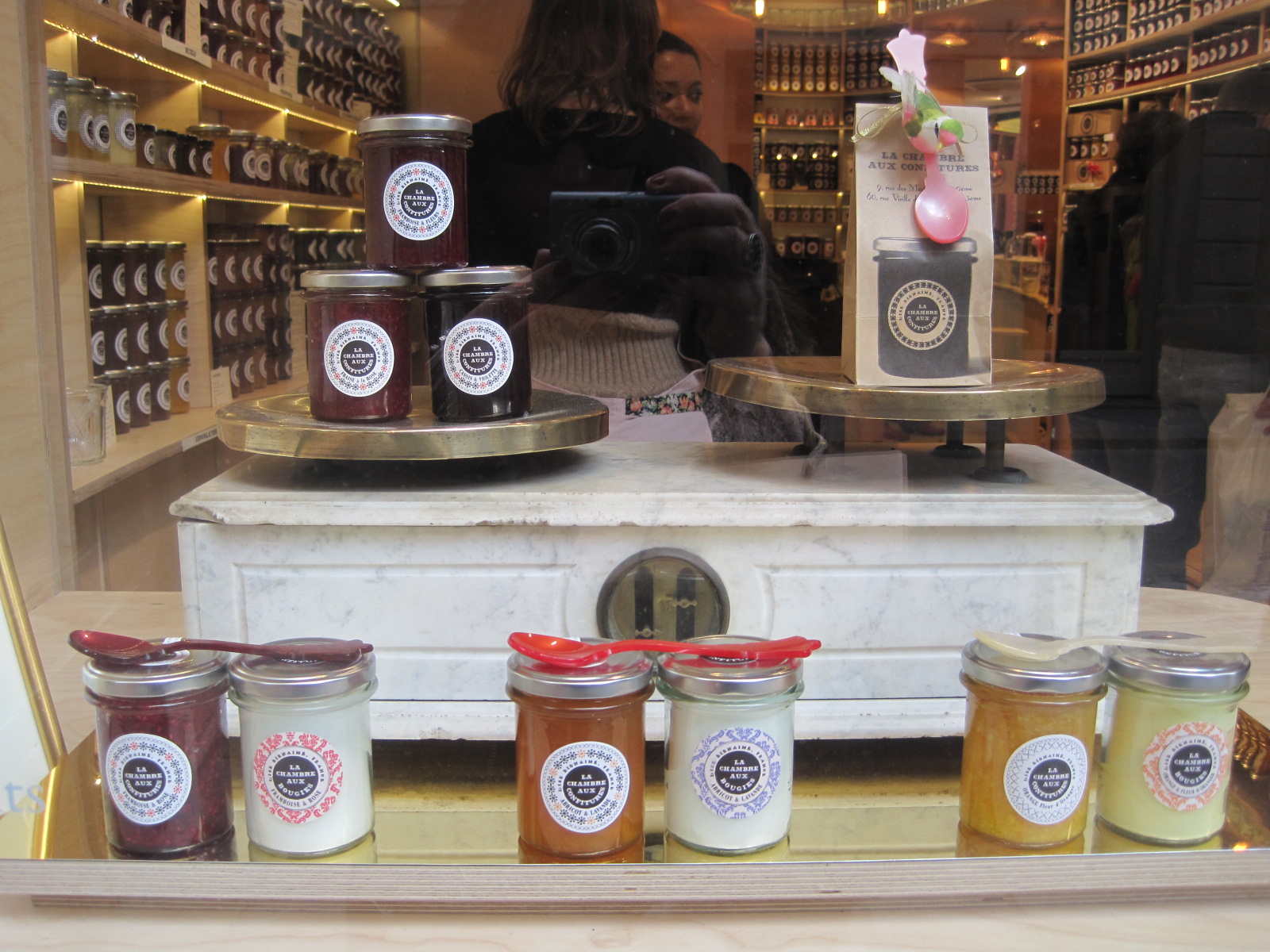Catacombs of Kom el Shoqafa
A few years ago we went underneath St Peters in Rome on what is called the "Scavi" (or excavation) tour. We went past the Swiss Guard, following steps under the cathedral to end up in an excavated Roman necropolis beneath the main altar. It was fascinating, the tombs which were decorated with Roman, Greek and Christian imagery, came from a time when Rome was at a cultural intersection and this was reflected in the material culture of the necropolis. A variety of different religious symbols reflected the multiplicity of religious expression before the establishment of Christianity as the religion of the Roman Empire under Constantine. We were struck by the idea that the center of Christendom, the main altar at St. Peters, rests on a burial ground filled with images of gods and goddesses, sitting comfortable up against Christian imagery of fish, sheep or shepherds.
The Kom el Shoqafa catacomb in Alexandria may not be as well known, but it was similarly eclectic, a cultural mishmash reflecting the border, boundaries and contradictions of empire. It's fascinating to find places that embody the intersection, overlaps and disruptions of our cultural and religious histories. Here, it's well worth the journey to see a single familial tomb combining classical Greco-Roman and Pharaonic imagery, here the pharaonic ritual of mummification combines with the Roman burial practice of the catacombs. More than any other place in Alexandria this tomb points to the role that the city has played in incorporating, absorbing and re-shaping foreign influences in Egypt. It was moment when, as E. M. Forster said his (1922) Alexandria: A History and Guide, " the old faiths began to merge and melt". I love how lyrically he puts it, though I'm not sure if it's the Roman's melting into the Egyptians or vice versa? Perhaps the point is that once it melts it doesn't matter.
The tomb illustrates the legacy of Greek conquest under Alexander, the history and continuity of Pharaonic rituals such as mummification, along with Roman aesthetic influences in the design and decoration. Clearly this was the tomb of influential and important people and it dates from the second half of the first century A.D., though nothing more is known about the family. I particularly love the images of the Egyptian gods Anubis (the jackal headed god of mummification) and Seth in the armor of Roman soldiers.
The first picture above is the main image you see facing you as you enter the tomb. The deceased lies on a lion headed mummification table with the Egyptian gods Horus and Anubis officiating. You can see three canonic jars (which stored the organs) under the table. Below, the Pharaoh wearing the double crown of Egypt before the Apis bull, flanked by a winged goddess. A similar images is found on the opposite side of the tomb.
Bearded serpents wearing the double crown of Egypt, with Medusa heads in the medallions above, flank either side of the tomb's entrance. Each serpent is holding the pine cone of Dionysis and the staff of Hermes. Thus, we have an ancient Egyptian form of death ritual, mummification, represented along with a symbolic invocation of Greek gods for the protection they can offer the deceased.
When you leave the tomb its well worth looking at a painted tomb (relocated from the Delta) which can be found at ground level just above the catacombs. The detail and coloring of the tomb is incredible - as you can see below. It is in a slightly different style but shows a similarly broad range of cultural and religious influence. The decorative painting reminded us of Nero's palace in Rome, unfortunately now closed.
Tip: The main thing that we got from the guide was that the site was "rediscovered" in the early Twentieth Century when a donkey fell from the market above into the central shaft. If you have any understanding of Greco-Roman history or design you won't need a guide for the history though it was useful to have someone guiding you through some of the darker tunnels.


















Comments